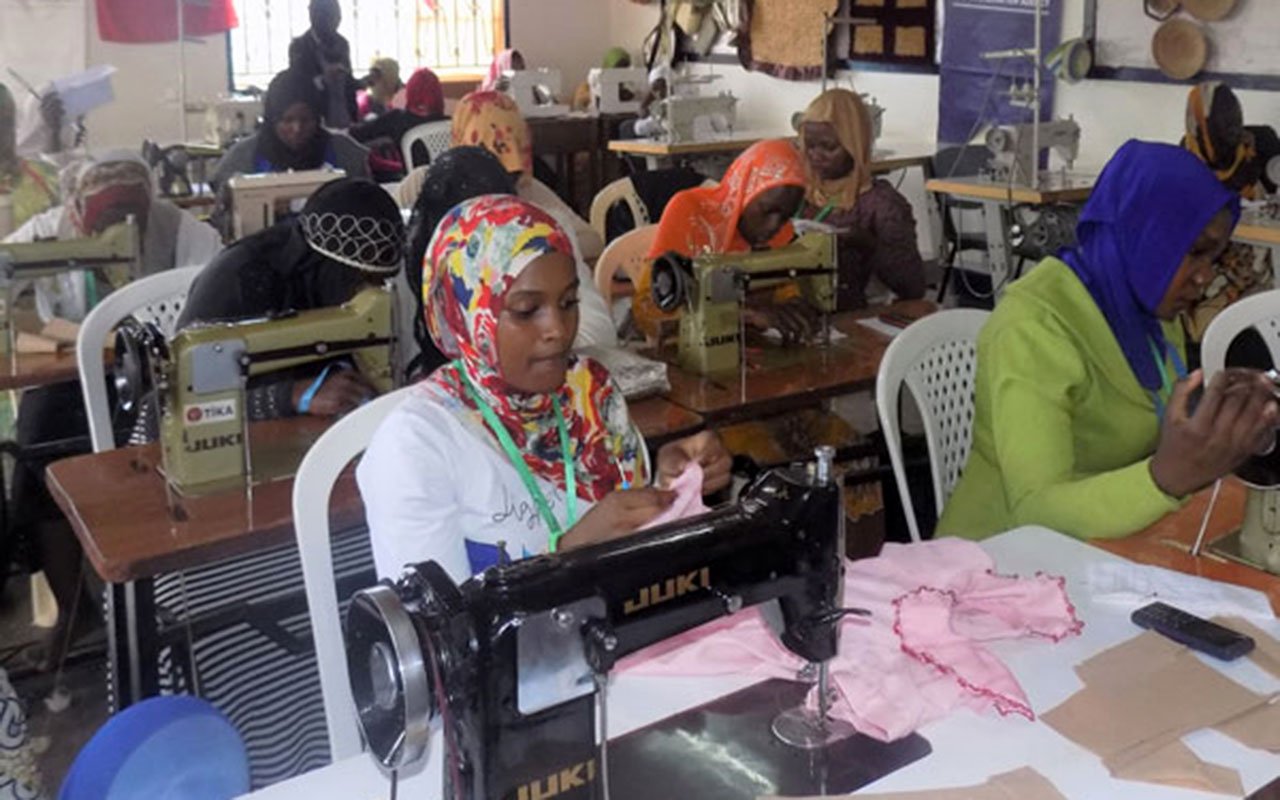Defeating persistent high interest rates

Prosper Ahabwe Julian
What you need to know:
- High interest rates are also evident in other sub-Saharan economies.
- London-based Economist Charlie Robertson in his book, The Time Travelling Economist links interest rates to demographic trends.
Recently, the Private Sector Foundation Uganda (PSFU) with its Grow project launched a loan facility aimed at providing capital for the ‘marginalised’ women entrepreneurs.
Ironically, the facility meant to address the challenges of access to cheap capital will be rolled out at an average interest rate of 10.5 percent per annum. While this interest is below the market range of 14 percent to 22 percent, it is still high considering the fact that the investment is a not-for-profit venture but a means to address the challenges of access to cheap capital by women entrepreneurs.
This is more or less like the European Union (EU) funded Uganda Development Bank (UDB) loan facility to promote the tourism industry that was rolled out two years ago. Loans under the facility were being given at a rate of eight percent per annum.
High interest rates are also evident in other sub-Saharan economies. However, the average interest rate in countries like Morocco, Sweden, Finland, United Kingdom, India and Russia, lies between three percent and six percent. Does the cost of this UDB-funded facility double the cost plus profit of loans in these well-to-do economies? What is wrong in Uganda that makes lending more expensive compared to these economies?
London-based Economist Charlie Robertson in his book, The Time Travelling Economist links interest rates to demographic trends. He argues that interest rates are high because of the low savings made by the population in banks. He links low savings to the high dependency burden posed by the size of families. Due to low savings, banks have less money to lend out, and demand (for loans) overcomes supply pushing the prices (interest rate) high.
Although his argument is reasonable, one can deduce that it is not applicable to the UDB loan facility because the facility was not meant to make profit but to facilitate recovery and development in the tourism sector. Thus the interest was influenced by forces of demand and supply.
Of course, we cannot downplay the fact that there is high demand for loans in Uganda. One of the points advanced by analysts is that government borrows at 12 to 14 percent risk-free, banks are more willing to lend to government and will increase the rate for the risky private borrowers. However, this cannot be solely blamed for the high interest rates.
Perhaps it is time to explore the argument concerning the cost of loan recovery and the risk ratio. Loan recovery processes take long and bureaucratic procedures; hiring court bailiffs, filing court suits, tracing down the defaulters, advertising for auctions where applicable, and sometimes spending on tracing the defaulter’s property.
Answering the question of high interest rates requires three options; reforming the judicial system for expeditious and effective adjudication of commercial disputes; encouraging the development of cooperative savings and credit societies which will ably mobilise capital and lend to their members at cheaper rates, increasing competition with banks, and lastly develop strong capital and financial markets to provide alternative funding for businesses other than bank loans. Before then, we shall keep lamenting this mess.
Prosper Julian Ahabwe is a lawyer and an economic analyst.
[email protected]




